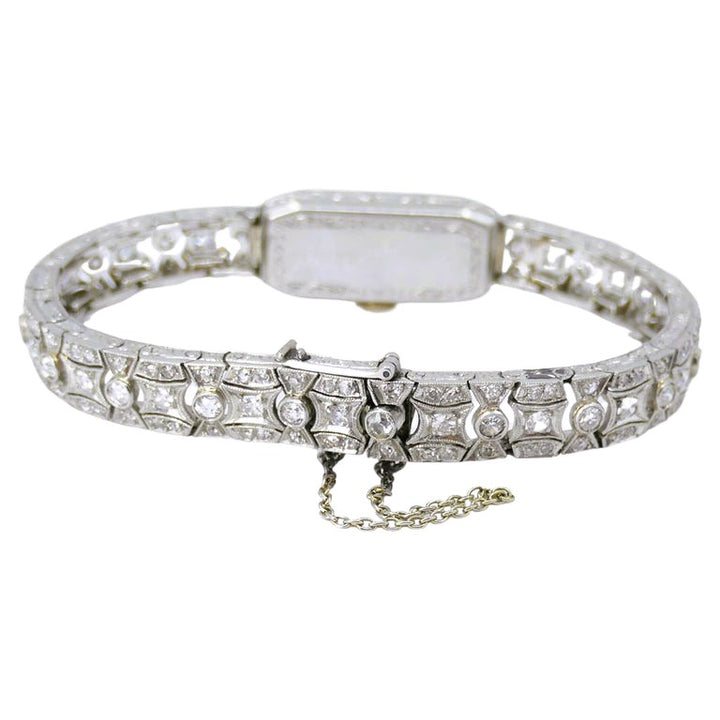Sign up today and we'll send you a 10% discount code towards your first purchase.
70720-NTOO 3-24
Zenith watch brand was founded in 1865 by Georges Favre-Jacot in Le Locle, Switzerland. The company's name “Zenith” was chosen to reflect the peak of accomplishment in watchmaking. The maker soon gained a reputation for producing high-quality precision timepieces.
One of Zenith's significant contributions to horology came in 1903. That year the brand introduced El Primero, the first integrated automatic chronograph movement. This groundbreaking mechanism featured a high frequency of 36,000 vibrations per hour, allowing for precise timekeeping down to 1/10th of a second. The El Primero became one of the most iconic and influential movements in the watchmaking industry.
Despite its technical achievements, in the 1970s Zenith faced financial challenges. However, the brand's legacy was preserved by Charles Vermot, a dedicated employee who secretly stored the tools and plans for the El Primero movement in the attic of the company's facilities. It saved the movement, and when the mechanical watch industry experienced a resurgence in the 1980s, Zenith was well-positioned to capitalize on it.
In 1999, the luxury conglomerate LVMH acquired Zenith, injecting new resources and expertise into the brand. This acquisition marked a turning point for Zenith, allowing the company to continue its tradition of innovation while benefiting from the support of a major luxury group.
Under LVMH, Zenith continued to refine and expand its watch collections. The El Primero movement remained a cornerstone of Zenith's identity, and the brand consistently produced watches with this iconic movement at their heart.
The history of the Zenith brand is the history of a legacy of precision, innovation, and resilience. From its pioneering achievements in the early 20th century to its modern status as a luxury watchmaker under the LVMH umbrella, Zenith continues to be an honored name in the world of horology.
Platinum stands apart from other precious metals due to its defining qualities of purity and durability. From the chemical perspective, platinum is one of the most stable elements.
The white color of platinum comes from its purity. While white gold contains an alloy of zinc, copper and nickel, platinum has a pure 95-98% composition. In fact, white gold is yellow gold mixed with other metals and then rhodium plated.
Platinum is durable and more dense than yellow gold. Platinum jewelry lasts for ages and can be passed down from generation to generation.
Platinum's purity and strength make it relevant to the idea of eternal love. It's an embodiment of strong feelings and rarity. That's why platinum engagement rings and platinum wedding bands have been popular ever since.
Platinum is also a symbol of status and reputation. It looks subtle and not as obvious as yellow gold. Gemstones set in platinum are not distracted because of the metal's neutral appearance. The color, brilliance and vibrance of diamonds and colored stones are amplified next to platinum “true white”.
Adult signature required upon receipt
Pick up in store available.
9454 Wilshire Blvd, Suite M-20,
Beverly Hills CA 90212
(310) 860-9991
Tues – Fri 11:30am – 5:30pm
Sat 10:30am – 4:30pm
Closed Sundays & Mondays
We accept returns within 3 business days of receipt, providing that the item is still in its original packaging and is free from damage.














